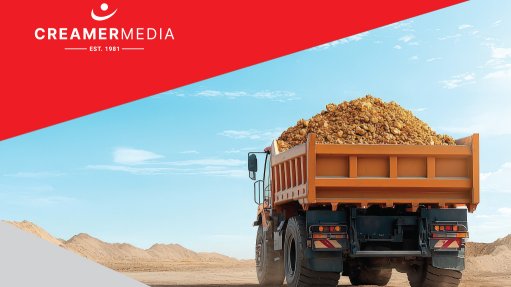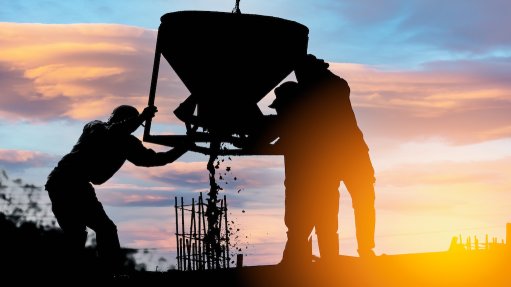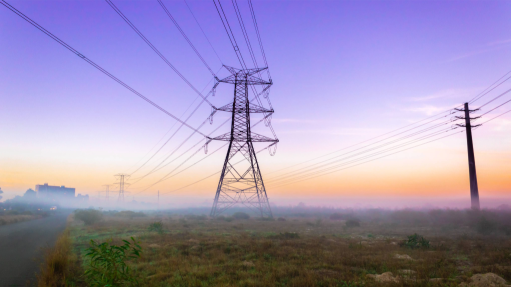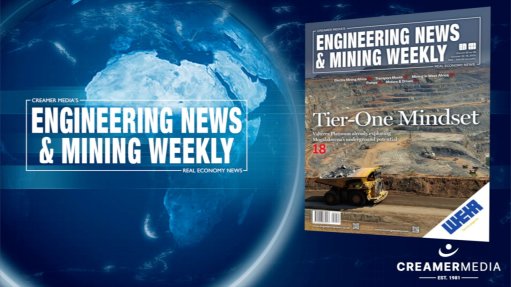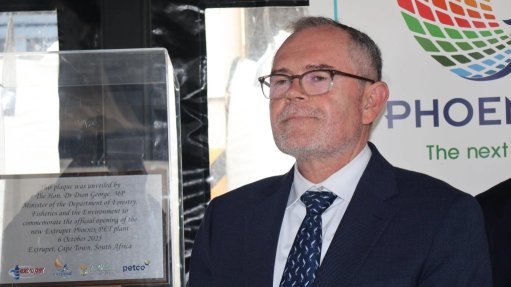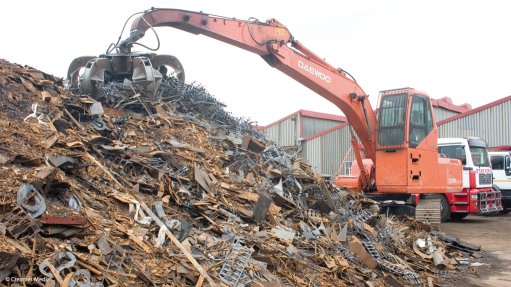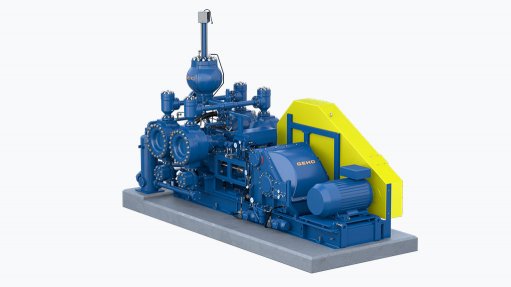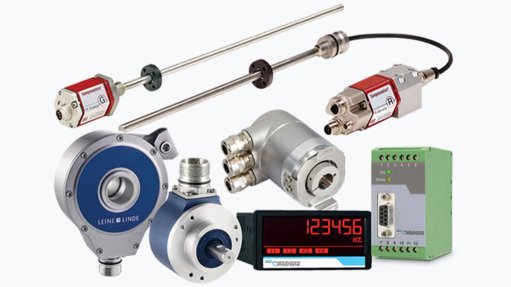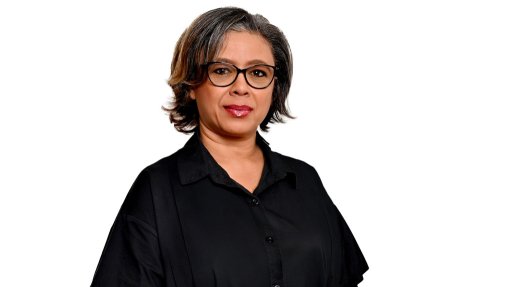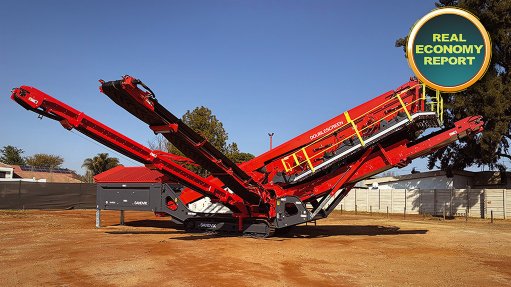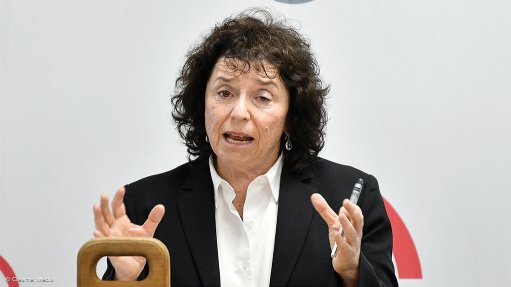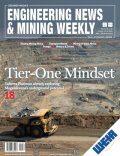Embracing tech to improve health, safety

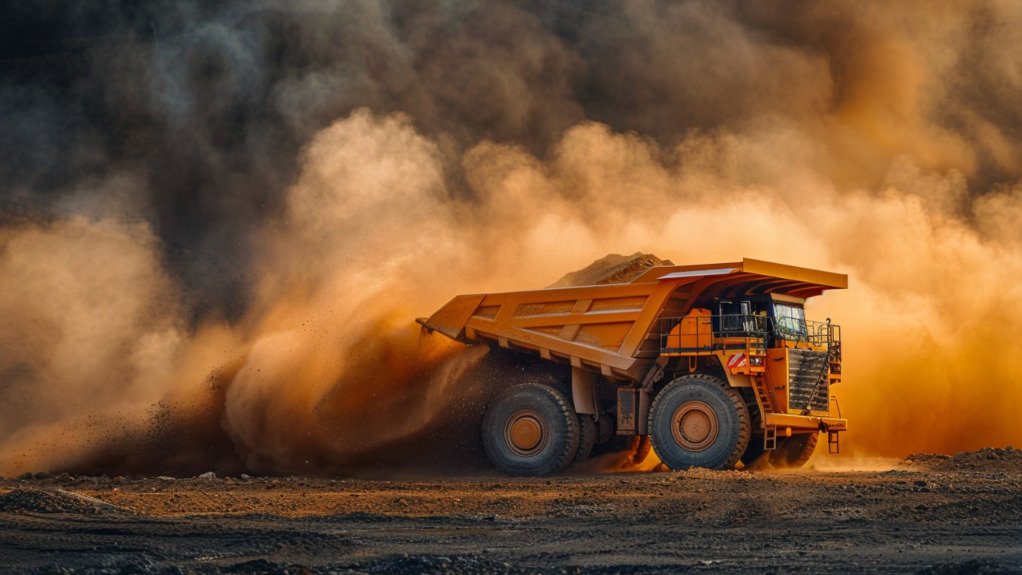
CLEARING THE DUST The use of technologies and different mining methods must be used to reduce, or even prevent mineworker's exposure to dust on site
The mining industry can make better use of technology to prevent adverse outcomes, including quieter equipment to safeguard a mineworker’s hearing and different mining methods that can reduce, or even prevent, dust exposure, reports Minerals Council South Africa health and safety head Thuthula Balfour.
She notes that while there is a concerted effort on research, development and innovation to make mining safer, healthier and more productive, the sector, especially in South Africa with the world’s deepest mines, is one of the oldest industrialised mining industries on the continent and thus presents a few key health and safety challenges.
“There is a lot that the African continent, which is relatively new to large-scale mining, can learn so it does not repeat the mistakes made in South Africa during more than a century of deep-level and openpit mining.”
A case in point is the South African mining industry’s growing efforts to protect workers from airborne mine dust, such as silica dust, which can result in occupational lung diseases that have a major impact on worker’s lives.
An additional challenge is South Africa’s rock composition, where high levels of silica in the rock being mined – in particularly the gold industry – translate to higher-than-usual levels of silica dust, which can cause silicosis.
However, risks of airborne silica dust can be mitigated through watering methods that reduce dust levels and other leading practices that cover sources of dust, advises Balfour.
South Africa’s mining sector is striving to achieve zero harm, whereby no mineworkers are injured or killed while at work, and she says the best way this can be achieved is for mineworkers to be kept away from mining hazards. However, she notes that this is challenging as some South African mines have narrow tabular reefs that require manual processes, thereby meaning hazards are omnipresent.
“South African mining is generally labour intensive and human beings are not programmed to be forever vigilant. There are normal lapses in concentration, and these can be fatal in environments with high risks.”
With a growing focus on human behaviour and efforts to reduce the human element in health and safety incidents, she says identification of critical controls, risk mitigation, and safety protocols and procedures are ways in which mining risks are best mitigated.
Lowering the chance of incidents includes factors such as the hierarchy of control mechanisms, starting with eliminating hazards at source and the proper use of personal protective equipment (PPE). “Training and education are key tools in improving safety and health controls,” adds Balfour.
In addition, she says AI and machine learning will improve efficiencies for mining health and safety, as automation in mining has led to safer, healthier and more productive mining practises. “These technologies can move people out of dangerous working areas.”
AI can be used to monitor worker behaviour, with camera systems being able to identify risky behaviour, such as workers being too close to moving machinery or not wearing PPE.
On the medical front, Balfour says computer-aided detection (CAD) of occupational diseases, such as tuberculosis and silicosis, is “very advanced” and is currently being put to good use at several pilot sites in South Africa, while awaiting approval by the South African Health Products Regulatory Authority.
“Its use drastically reduces the workload for occupational medical practitioners who had to manually read multitudes of X-rays for initial, periodic and exit medical examinations. These doctors now only need to read suspicious X-rays, by exception, when a CAD system flags these.”
She adds that the technology is now being refined for detecting silicosis.
Meanwhile, Balfour says big industry events, like the Investing in African Mining Indaba 2025, are an “excellent forum” for sharing and the exchange of information on the latest developments, globally.
“Our expectation is that, as the Minerals Council and our member companies, we can learn from experiences in other countries on how they deal with health and safety challenges.
“There can also be cross pollination as we will also present on our experiences. The Minerals Council, through many of its programmes, strives to introduce leading practices to its members to adopt.
This sharing and implementation of global leading practices has started to deliver the key step changes as the mining industry targets zero harm,” states Balfour.
In South Africa, the Mine Health and Safety Council adopted its latest milestones (targets) for health and safety in October 2024. This followed a comprehensive review of the achievements and challenges of the 2014 milestones. The new milestones on safety, health, culture transformation framework, women in mining and the Centre of Excellence, are for the next decade. These are stretch targets that all stakeholders agreed to reach by 2034.
Comments
Press Office
Announcements
What's On
Subscribe to improve your user experience...
Option 1 (equivalent of R125 a month):
Receive a weekly copy of Creamer Media's Engineering News & Mining Weekly magazine
(print copy for those in South Africa and e-magazine for those outside of South Africa)
Receive daily email newsletters
Access to full search results
Access archive of magazine back copies
Access to Projects in Progress
Access to ONE Research Report of your choice in PDF format
Option 2 (equivalent of R375 a month):
All benefits from Option 1
PLUS
Access to Creamer Media's Research Channel Africa for ALL Research Reports, in PDF format, on various industrial and mining sectors
including Electricity; Water; Energy Transition; Hydrogen; Roads, Rail and Ports; Coal; Gold; Platinum; Battery Metals; etc.
Already a subscriber?
Forgotten your password?
Receive weekly copy of Creamer Media's Engineering News & Mining Weekly magazine (print copy for those in South Africa and e-magazine for those outside of South Africa)
➕
Recieve daily email newsletters
➕
Access to full search results
➕
Access archive of magazine back copies
➕
Access to Projects in Progress
➕
Access to ONE Research Report of your choice in PDF format
RESEARCH CHANNEL AFRICA
R4500 (equivalent of R375 a month)
SUBSCRIBEAll benefits from Option 1
➕
Access to Creamer Media's Research Channel Africa for ALL Research Reports on various industrial and mining sectors, in PDF format, including on:
Electricity
➕
Water
➕
Energy Transition
➕
Hydrogen
➕
Roads, Rail and Ports
➕
Coal
➕
Gold
➕
Platinum
➕
Battery Metals
➕
etc.
Receive all benefits from Option 1 or Option 2 delivered to numerous people at your company
➕
Multiple User names and Passwords for simultaneous log-ins
➕
Intranet integration access to all in your organisation






